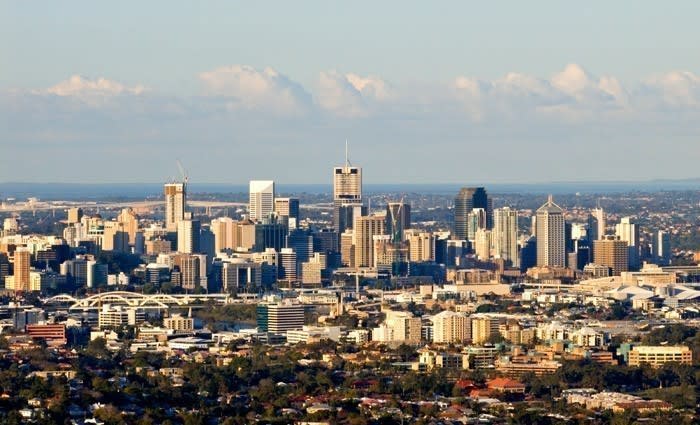Brisbane's property values have seen off the worst with price falls: Moody's Analytics
Dwelling values across Brisbane look to have seen the worst of their declines, suggests CoreLogic-Moody’s Analytics Australia Home Value Index Forecast.
House price values performed steadily last year across Greater Brisbane, with average gains of between three and four percent.
They are expected to continue to remain steady over 2018 and 2019, with small gains of around two to three percent.
The much publicised apartment oversupply affected apartment values last year, with most areas recording three to four percent losses.
But there's good news on the horizon for apartment values, with a sharp increase predicted in 2019, some areas even seeing increases of nearly seven percent.
Click here to enlarge.
After a lull in 2012, house prices in Greater Brisbane have seen strong gains as a result of strong local economies, partly tied to strong activity in finance, retail, construction and other sectors.
In Brisbane-South, comprising Carindale, Holland Park and Sunnybank, house values have risen 40 percent since mid 2012.
Incomes per capita have risen a much smaller 6.7 percent over the period.
The number of houses approved for building reached 5,468 in mid 2016, more than double its 2010 to 2012 average, although approvals have since nearly halved.
Click here to enlarge.
The effects of higher supply of houses and muted income growth mean that home values in Brisbane south are forecast to decline 1.5% in 2018, followed by a 1.2% recovery in 2019.
Overall, apartment values across Greater Brisbane are expected to recover 0.8% in 2018.
The second housing area comprises more ‘lifestyle’ areas, including Sunshine Coast, Wide Bay, and Cairns.
Areas here are expected to perform better over the forecast period, as income growth remains robust and the degree of supply increase is not as great as in areas of Brisbane.
Housing markets in Queensland outside of Brisbane have also not seen the degree of price growth over the past few years.
Click here to enlarge.
The Sunshine Coast’s housing market has seen its value increase 32% since a slump in 2012.
Housing values are forecast to rise 5.7% in 2018, and close to 2% in 2019. The relatively stable housing market is a result of low unemployment (at 4.4% it is well below the national and state averages) and good income growth.
Building approvals across the Sunshine Coast have risen over the past two years, but at 5,000 annually they remain within historical averages and well below their rate in prior cycles 2002 and 1995. Similarly, home values in the Gold Coast are forecast to rise nearly 4% in 2018 and 6% in 2019.
The third housing market region in Queensland is in commodity-producing areas. These include Central Queensland, Mackay-Isaac-Whitsunday, and Darling Downs-Maranoa.
Housing markets here have seen significant value declines over the past few years partly as a result of the end of the mining boom.
In Mackay-Isaac-Whitsunday, house values have declined 32% since June 2012. The reduction in mining investment pushed up unemployment to 9% by 2015 and reduced incomes, which per capita have fallen about 16% since 2010.
Slower population growth has also reduced a source of demand, although this is also working to reduce unemployment.
Further declines in house values are expected before a recovery.
Sydney's biggest drops are predicted to be in Ryde and the inner city and south areas, while in Melbourne it's the inner south values that are going to take a hit.
Nationally there's set to be a cool, but no crash.
